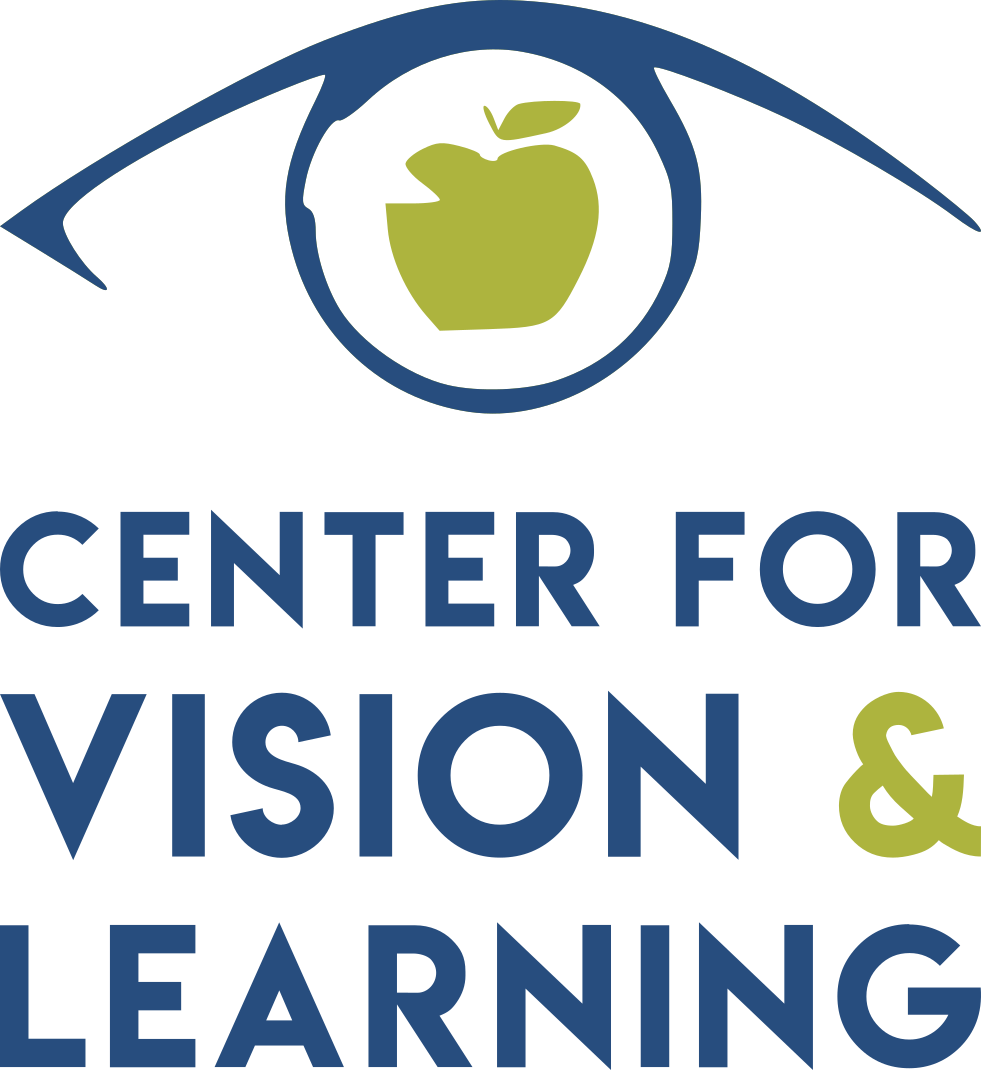OPTOMETRIC MULTI-SENSORY TRAINING (OMST)
Optometric multi-sensory training (OMST)
What is it?
OMST is a passive therapy designed to help the brain learn or relearn how to process sensory input.
How does it work?
This program helps incorporate sight, sound, and motion to help individuals process and organize the brain-body connection. The brain develops from the bottom-up, which means that it learns by taking individual sensory experiences and builds on those experiences to process the world. By establishing better communication and integration of these systems, both children and adults can be more comfortable in their own bodies and able to handle the demands of their school, jobs, and world. Whether sensory processing never developed or whether it was injured, OMST is a bottom-up therapy that works subcortically and passively to integrate the senses. Having sensory processing on autopilot allows for higher brain function and efficiency. OMST teaches/reteaches patients the subconscious skill of multi-sensory filtering and processing in a safe and controlled clinical setting.
Who can benefit?
OMST has been in use for over 18 years and has helped show improvements in the following areas:
Autism
ADD/ADHD
Balance and Coordination Delays
Developmental Delays
Convergence Insufficiency
Concussion
Learning Difficulties
Sensory Processing Disorders
Traumatic Brain Injury
Trauma/PTSD
Three Phases of OMST
OMST consists of three phases. The first phase includes one-hour sessions in our office for 12 consecutive days. The second phase is done at home using a light instrument prescribed by our office, for 18 consecutive days. After 30 days, the patient will return to our office for follow-up assessments and any other recommendations. Peak improvements from this program occur around three months but can be seen up to 18 months post-treatment.
Three Components of OMST
Visual: The program uses a light instrument that projects a variety of colors, each with its own purpose and effect. Just as sunlight can affect our mood, these different wavelengths of color help to balance our sympathetic and parasympathetic nervous systems of the body.
Vestibular: The vestibular movement of the table helps to support balance. It gently rotates to mimic the natural rhythms of the human body. The process also helps realign crystals in the inner ear that may be affected.
Auditory: Music will be played through a set of headphones during treatment. The music will vary day by day. The volume will also vary throughout the program. This portion of the program is to develop proper auditory processing for the processing of both sounds and language.
“I was referred to Dr. Davidson for treatment of migraines. I met with Dr. Davidson and decided to try OMST Therapy! It’s been approximately 2 months since I have completed this therapy and the results are amazing! It has helped calm some of my headaches that were occurring more often even with my taking medication. I now re-engage in family and outside activities again, where before I was either missing the activity or watching from the sideline. I was having issues with driving in heavy traffic, including driving to these appointments. I am now able to drive myself. My wife and I are very grateful to Dr. Davidson and her wonderful staff. They are a pleasure to work with! We couldn’t be more pleased with the results we have so far, it can only get better!”
“No headaches for three days in a row! I’m able to retain conversations at work, I can talk to someone while there are several conversations going on in the background and I can still concentrate on who is talking to me without glazing over. I’m also sitting in the office with the lights on! I feel more confident driving now and even drove in the dark once with no issues. ”
“Liam was having difficulty regulating his emotions and sensory processing concerns. He also had difficulty sleeping through the night. After the first 12 days of therapy, he has been able to verbalize the emotions, sleep through the night and decrease the intensity and length of breakdowns.
Liam told his Nani after day 9 that ‘The vision ride (OMST) helps me when I’m feeling sad and mad.’”

